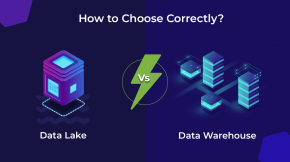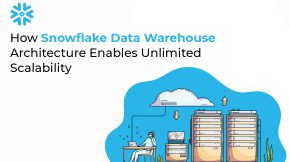How To Set Up A Data Warehouse For Your Growing Business – Steps To A Successful Data Warehouse Migration
Introduction
By 2028, the data warehouse market will be worth $51.8 billion, so it’s important to know how to set up a data warehouse for your business. In today’s blog post, we will do just that.
We will talk about all the steps you need to take to move your data warehouse successfully. From preparing for the move and setting up backups to safely moving your data and double
checking it to make sure it’s right, there are many things to do.
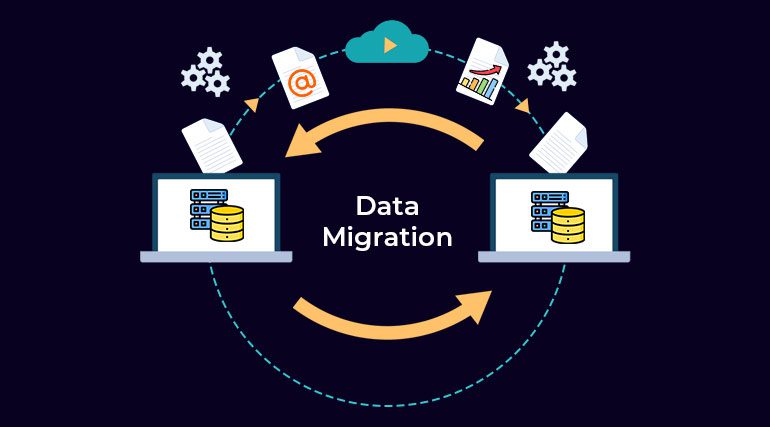
Introduction to Data Warehouse Migration
Everyone wants to ensure migration, but nobody wants to go through the hassle. We get it. Also, It may seem like a big investment now, but a data warehouse migration can help you make the most of funds, save resources, and improve your business’s performance in the long run.
So there are a few things to remember when migrating your data warehouse. First, you need to choose the right platform for your needs. There are many different options available, so it’s essential to research and selects the one that best meets your requirements.
Second, you need to plan your migration carefully. Migrating your data warehouse is a complex process, so you’ll need a detailed plan to ensure everything goes smoothly.
Finally, you must test the new platform thoroughly before going live. You can ensure no unexpected issues when switching to the new system.
By following these tips, you can migrate your data warehouse with ease.
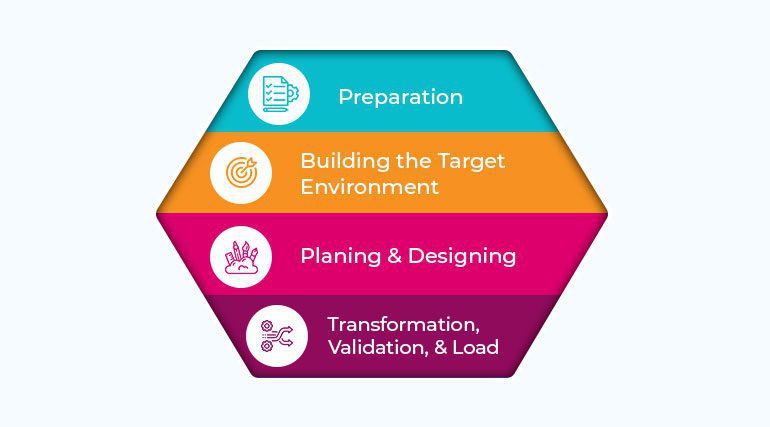
Preparation:
When migrating your data warehouse, preparation is everything. Some things to keep in mind for an easy changeover:
- Think ahead and set a firm deadline for the move. You won’t get off track or encounter any unpleasant surprises.
- Before you start the migration process, it’s imperative that you have a backup of your data. In the event that something goes wrong during the transfer, you will be covered.
- Consider everything that is currently part of your data warehouse and create a plan for moving it. You can make sure the transition goes off without a hitch and that nothing gets left behind.
- It is important to keep the lines of communication open with everyone who has a stake in the migration process.
- Make sure the new data warehouse is completely bug-free before releasing it to the public.
Planning and Designing
Planning and design are crucial stages of migrating your data warehouse design. Your migration could be a total failure if you don’t put some thought into it.
Important factors to consider when designing and planning a data warehouse migration are as follows:
- You should have a firm grasp of how your data warehouse is currently set up. You must know where your data goes, how it is processed, and what kinds of workloads it can handle.
- You must know where you want to end up after the migration. If you’re considering switching data warehouse platforms, what are your goals? See to it that these goals are practical and within reach.
- Learn about the various data warehouse platforms out there. With so many options out there, it’s important to select the one that best meets your individual requirements.
- Make a thorough strategy for the actual migration. Everything from the platform you’ll be using to the method by which you’ll migrate your data without hampering business operations should be laid out in this plan.
Building the Target Environment
One of the most important parts of migrating your data warehouse is setting up the target environment. Here are some suggestions to speed up the process of establishing the desired environment:
- Check that your supplies are adequate. The contention of scarce resources is the last thing you need when putting together your target environment. Verify that your data warehouse can make use of the available CPU, memory, and storage space.
- Set aside some time for rest and relaxation. A data warehouse migration can take a lot of time. During the migration, expect some service disruptions. In this way, you can go about your business without worrying about any interference.
- It’s crucial to perform extensive testing after constructing the target environment and before releasing the migration to production. Because of this, you can rest assured that everything will function as planned.
Transformation, Validation, and Load
When migrating a data warehouse, you want to make sure that you can switch over to the new system with as little downtime as possible for your business as a whole. To succeed, you must organize and carry out a thorough procedure for TVL (transformation, validation, and load).
During the transformation stage, your data is purged and formatted in preparation for loading into the new data warehouse. Depending on the situation, this may involve sorting, reformatting, or other forms of data processing.
In the validation stage, you make sure the data is ready to be loaded into the new data warehouse by verifying that the transformations were successful. During the load phase, you transfer the data to the new data warehouse.
The success of migration depends on sticking to a strict set of procedures for data transformation, verification, and loading. A few pointers are as follows:
- It’s important to set clear expectations for the magnitude of your migration. What kinds of data must you move? What sorts of adjustments will be essential? How do you plan to measure success? Your migration planning and execution will benefit from your answers to the following questions.
- Assess the current data warehouse platform to find any problems that might prevent a smooth migration. You can use this to lessen the blow of any potential disasters that may arise during the migration.
- Make a comprehensive strategy for your data’s transformation, verification, and loading process. All of the things that need doing, along with who will be doing them and when should be outlined in this plan. Please give permission.
Wondering how will you achieve seamless migration with so many steps? Well, here is some good news. Data warehouse migration can be made much easier with the help of a Data Warehouse expert. It speeds up
- Transforming and integrating disparate data
- Modeling of the structure of schemas
- Provides a flexible data warehouse
- Through a single, easy-to-use platform
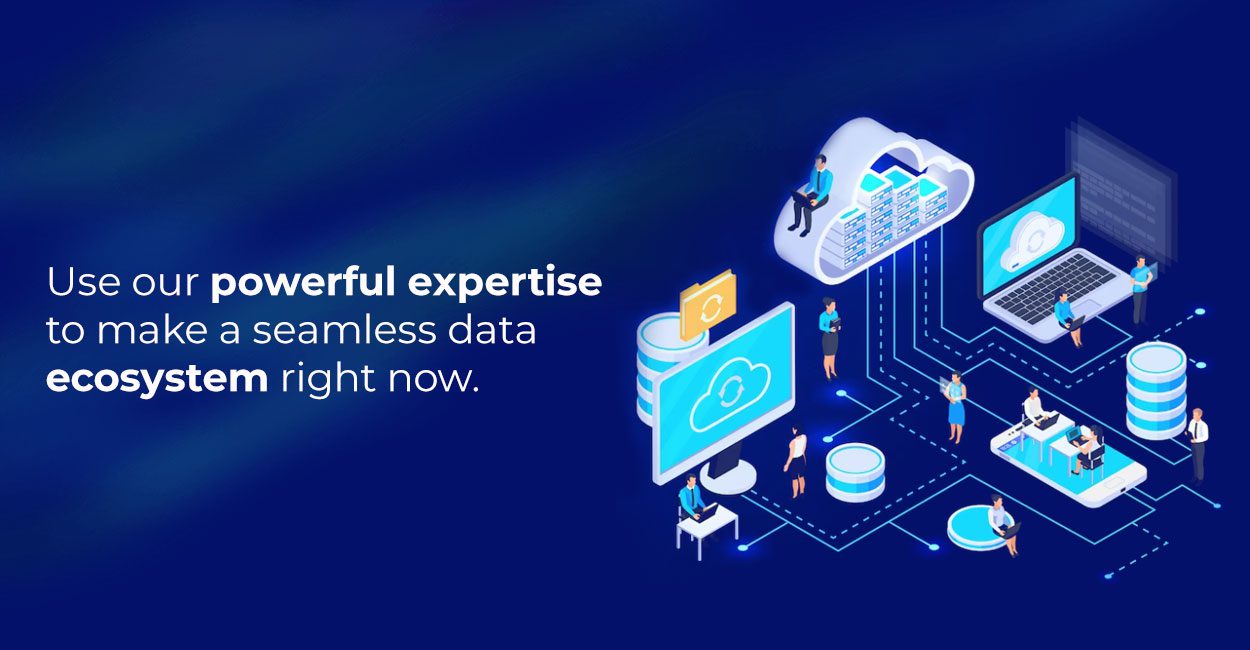
How Beyond Key Can Overcome Challenges and Solutions for Data Warehouse Migration?
Here is how Beyond Key removes all the fluff and delivers as promised:
- Experience and Expertise: With our experience and expertise in data warehouse migration, we minimize the risks and potential for downtime during the migration process.
- Scalability and Flexibility: We help design a solution that is scalable and flexible, ensuring that the data warehouse can accommodate future growth and changing requirements.
- Cost Savings: We ensure you save on both time and resources, as we streamline the migration process and reduce the risk of errors or costly mistakes.
- Improved Data Management: We improve your existing data management, enabling you to make better use of your data and to extract greater value from it.
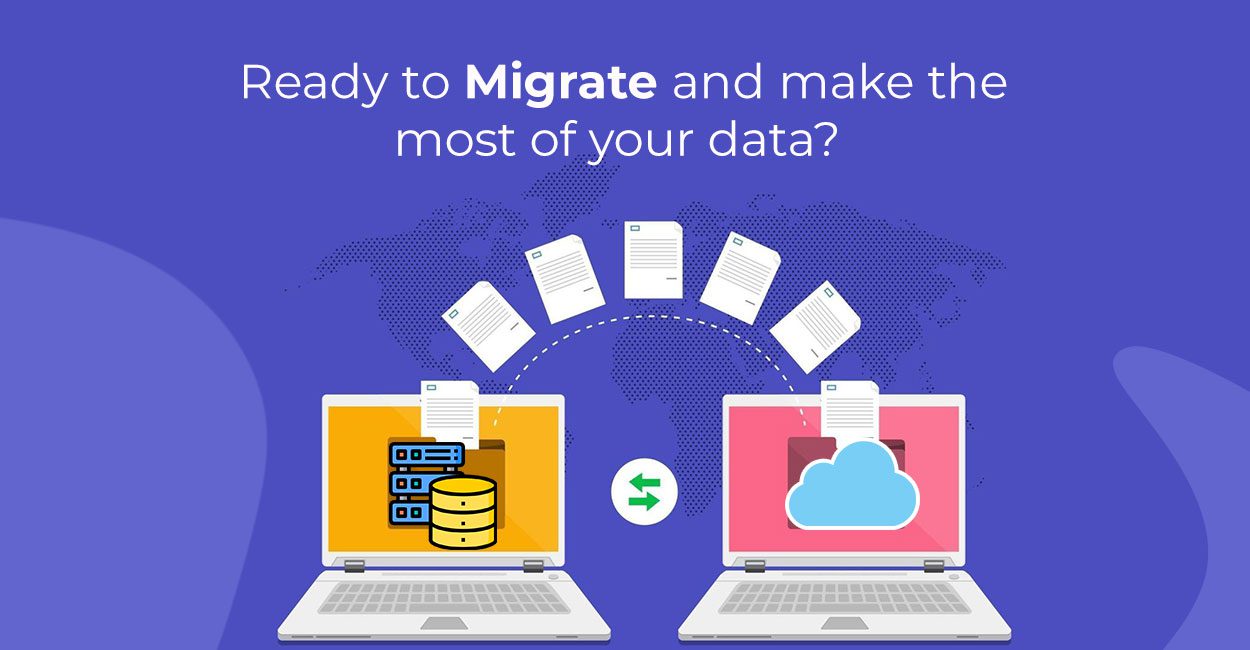
Our Data Warehouse Migration Best Practices
3 vital practices that ensure 0 glitches:
- We have a well-thought-out plan for the migration. This plan covers all necessary steps, from exporting data from the previous system to importing it into the new one.
- Second, before we begin the migration process, we ensure you have a complete data backup. If something goes wrong during the migration, you can salvage the lost data this way.
- Third, conducting extensive tests of the new system before releasing it to the public to guarantee that it performs as expected.
We will help you at every step, from choosing a platform to putting it into action and making it live. Once you are up and running, we will ensure to keep your system up to date and running seamlessly.
Beyond Key will end-to-end assist you in data warehouse migration.
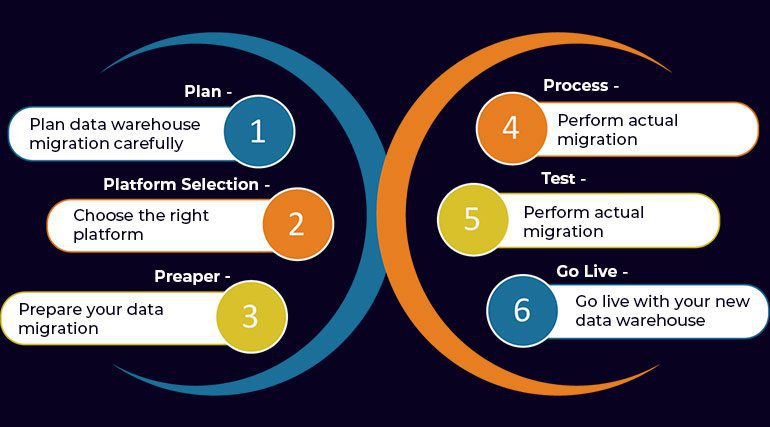
Conclusion
Moving an on-premises data warehouse to the cloud is simple with Beyond Key’s intuitive interface, powerful Data service module for simple querying, and seamless integration with file systems and cloud platforms.
The time you and your team would have spent learning and coding queries on the new platform can be put to better use with our robust data warehouse automation tool.
SQL statements compatible with the target platform are generated, and deployment to popular cloud providers is possible.
Solutions from Beyond Key streamline data management and integration to quicken data pipelines, facilitate the exchange of data assets, and accommodate the evolution of data architecture.
There are many advantages to employing a state-of-the-art distributed data architecture to solve today’s data problems. Using Beyond Key guarantees:
- Quicker resolution times
- Flexibility
- Works well and is easy to use.
- Information management that is both stable and safe
Whether you already have a data warehouse and want to improve it or are still deciding to set one up, Beyond Key is here to help. Get in touch with us today here.















